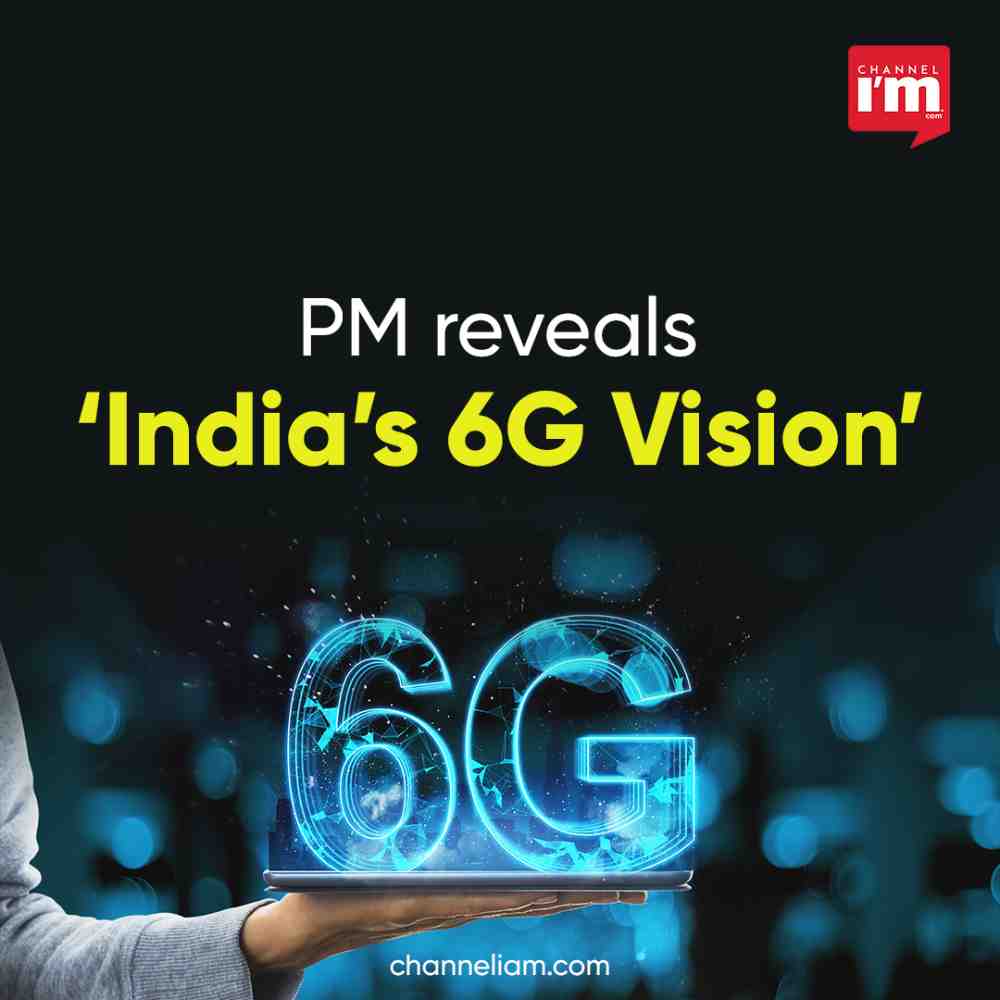India’s 6G vision document, aims to roll out services by 2030, unveiled by PM Modi

According to a vision statement released by Prime Minister Narendra Modi on Wednesday, India is preparing to roll out high-speed 6G communication services by 2030 and has established the Bharat 6G initiative to discover and support development and implementation of the next-generation technology in the nation.
The Government has also appointed an apex council to oversee the project and concentrate on matters like standardisation, identification of the spectrum for 6G usage, creation of an ecosystem for devices and systems, and determining finances for research and development, among other things. India’s 6G project will be implemented in two phases. Although 6G is not officially available yet, it has been considered as a far better technology that would provide internet speeds up to 100 times quicker than 5G.
The apex council would support and finance 6G technology research and development by Indian universities, businesses, research organisations, and start-ups. By identifying priority areas for 6G research based on India’s comparative advantages, it would help India become a leading global supplier of intellectual property, goods, and solutions of inexpensive 6G telecom solutions.
New technologies include terahertz communication, radio interfaces, tactile internet, artificial intelligence for connected intelligence, novel encoding techniques, and waveform chipsets for 6G devices will be a major area of concentration for the council.
We’re talking about 6G within six months of the introduction of 5G technology, the Prime Minister remarked. This, he claimed, demonstrates the nation’s confidence. Before 4G, India exclusively used telecom technology; however, the country is currently making rapid progress towards being a significant exporter of telecom technology, he claimed.
In October 2022, Modi publicly introduced 5G services and declared that India should be prepared to introduce 6G services during the next ten years. 6G promises to provide extremely low latency with rates up to 1 Tbps, in contrast to 5G, which at its best can provide internet speeds up to 10 Gbps.
India will identify priority research areas as part of its 6G mission by collaborating with all relevant parties, including business, academia, and service providers. This will include theoretical and simulation studies, proof-of-concept prototypes and demonstrations, and early market interventions through start-ups.
Two phases of the project’s execution will take place, the first from 2023 to 2025 and the second from 2025 to 2030. Phase one will support exploratory concepts, riskier pathways, and proof-of-concept experiments. Ideas and concepts that exhibit promise and the potential to be embraced by the global peer community will be given the necessary support to be developed to completion, to establish their benefits and use cases, to develop implementation IPs, and to establish test beds that will eventually lead to commercialization in phase two.
